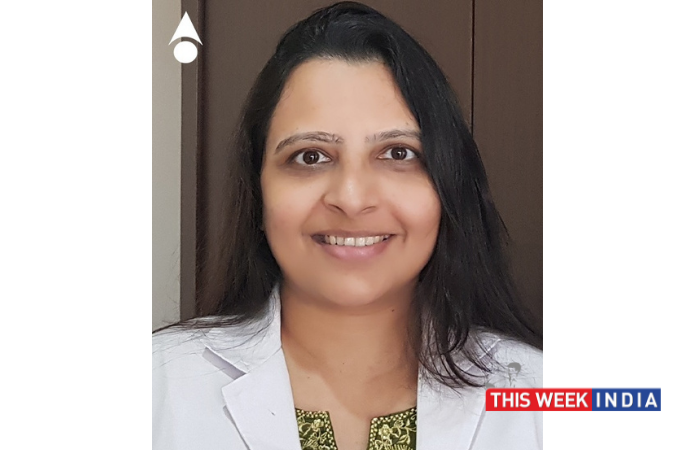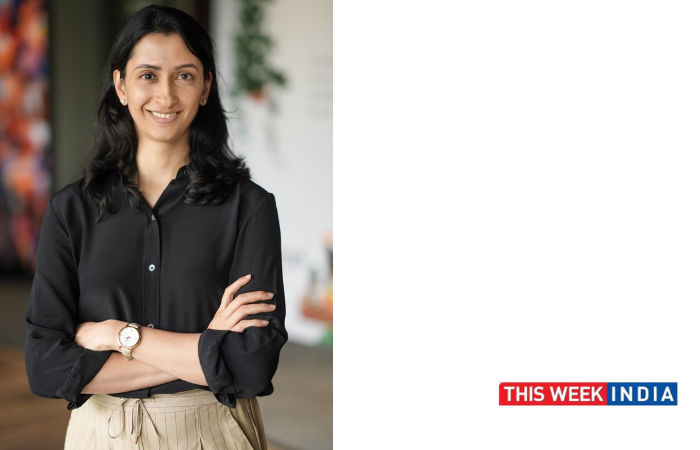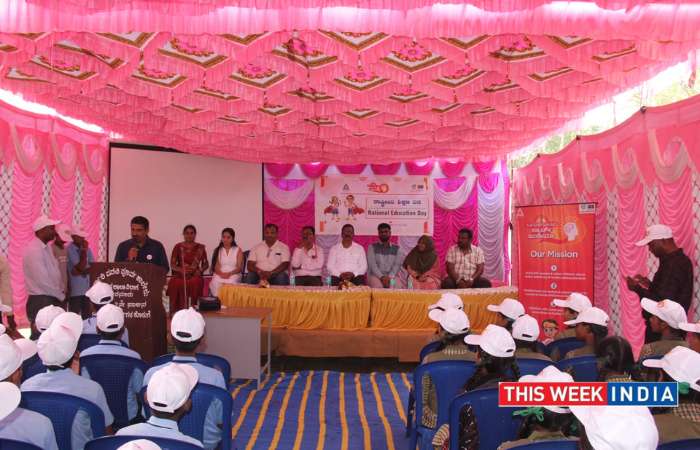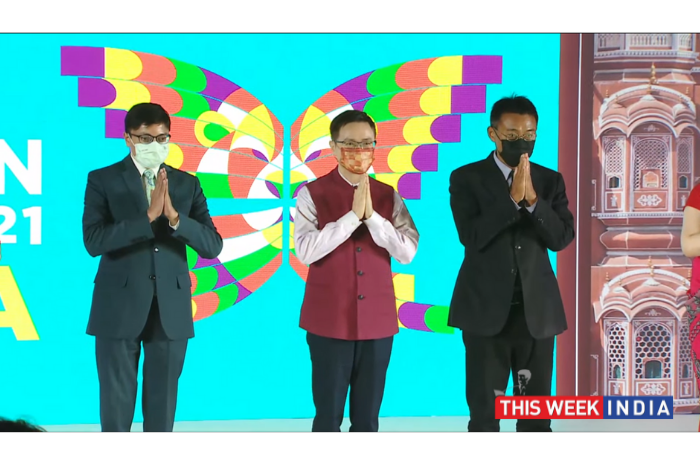- January is Glaucoma Awareness Month: more awareness on the risk factors and symptoms, early screening, and increasing the reach of specialized care to peripheral locations is important to bring down the burden
Bengaluru, January 24, 2022: Glaucoma refers to a group of potentially blinding eye disorders. It occurs when the pressure inside the eyes (intraocular pressure or IOP) increases enough to damage the optic nerves. As the optic nerves that are responsible for sending images to the brain are affected, it results in vision loss. If left untreated, glaucoma can result in permanent irreversible blindness.
Glaucoma is one of the leading causes of blindness especially for people over the age of 60 years. There are about 80 million glaucoma patients in the world. In India, nearly 12 million are affected by glaucoma. But like in many developing countries, about 50-80% of glaucoma cases go undetected in India. Hence the numbers in the records do not reveal the real picture. However, in line with the global trends, the population of glaucoma patients in the country is expected to double by 2040.
Talking about the signs and symptoms of glaucoma, Dr. Neelima Aalap Shah, Consultant – Ophthalmologist, Dr Agarwals Eye Hospital, Bengaluru, said that they vary depending on the type and stage of the condition. Usually, the first symptoms of glaucoma are seeing halos or rainbow-colored circles around lights or having unusual sensitivity to light. Loss of peripheral or side vision is another common symptom. However, most people with glaucoma have no early warning signs. The effect is so gradual that people may not notice any change in vision until the condition progresses to an advanced stage. Hence, the only way to find out if you have glaucoma is to get a comprehensive eye exam, including dilation.
January is observed as the Glaucoma Awareness Month worldwide. As a part of it, Dr Agarwals Eye Hospital is conducting various awareness programmes through its pan-India network.
According to Dr. Neelima Aalap Shah, Dr. Agarwals Eye Hospitals, the risk factors for glaucoma may include the increasing prevalence of chronic conditions like:
- Diabetes
- Cardiovascular diseases
- High blood pressure
- Myopia
- Family history may also play a major role
Those who have a history of long term steroid usage, those who undergo treatments (known as anti-VEGF treatments) for over production of Vascular endothelial growth factor (VEGF), a kind of protein, for certain eye diseases, and those who use oral contraceptive pills for long periods are highly susceptible to glaucoma. History of injury or surgery of the eye can also increase the chances of glaucoma development. However, glaucoma can affect people of all age groups and even those who do not have any chronic conditions or family history. It is diagnosed even in children.
There are two major types of glaucoma: open-angle glaucoma and angle-closure glaucoma. Ophthalmologists examine the angle between the cornea and iris and determine whether it is open-angle or angle-closure glaucoma. However, both these conditions have the characteristics of preventing eye fluid from draining out through the tissue at the angle where the iris and cornea meet. As the fluid is not able to flow out at its normal rate, the pressure inside the eyes increases, and damages the optic nerves.
In general, glaucoma cannot be cured but it can be controlled. Eye drops, pills, laser procedures and surgical operations are used to manage glaucoma conditions. Managing insulin level will go a long way in keeping glaucoma in control as increased blood sugar level in turn increases intraocular pressure. Trabeculectomy, a type of glaucoma surgery performed on the eye to create a new pathway for fluid inside the eye to be drained, has been the main surgical procedure worldwide for several decades. It is important for glaucoma patients to go for regular follow ups to detect progression and to prevent vision loss, to understand proper usage of medication, and methods of administering drops. Even with regular treatment, about 15% of people with glaucoma become blind in at least one eye within twenty years.
Dr. Neelima Aalap Shah added that in India, millions of people do not have access to qualified eye specialists and eye hospitals in India. The lack of infrastructure and an unequal distribution of eye care facilities in the country are causes for concern. The country needs advanced centres in peripheral areas to enhance the reach of medical interventions and screening the high-risk population.
Increasing awareness of risk factors and symptoms of glaucoma is an important strategy to address the growing glaucoma challenge. People who are in the age group of 60 and above need to check their eyes for glaucoma every 1-2 years whether there are any symptoms or not. Those in the age group of 40-60 years need to go for screening every 2-3 years, and people below 40 years can visit a doctor every 2-4 years to help in the early diagnosis of glaucoma.









